Science has an insatiable appetite for knowledge and discovery, with men and women in their indoor and outdoor jackets dedicating their lives to unshrouding mysteries.
This makes it all the more exciting when we discover that despite this resolve and tenacity, some mysteries still abound, leaving earth’s brightest minds to only intelligent guesses and conjecture.
Seeing as their guesses are just as good as ours, we could guess along with them. Let your imagination run wild as we explore some of the earth’s mysterious structures.
8 Mysterious Ancient Structures Around the World
Stonehenge
Location: Salisbury Plain, Wiltshire, England
No list of ancient structural mysteries is complete without Stonehenge. It’s the unspoken poster boy alongside the Egyptian sphinx and pyramids of the engineering marvel that preceded today’s technology. But what exactly is so mysterious about Stonehenge? Leaving no stone unturned, let’s find out.
The sheer size of the contraption takes your breath away when you set your eyes on the monument.
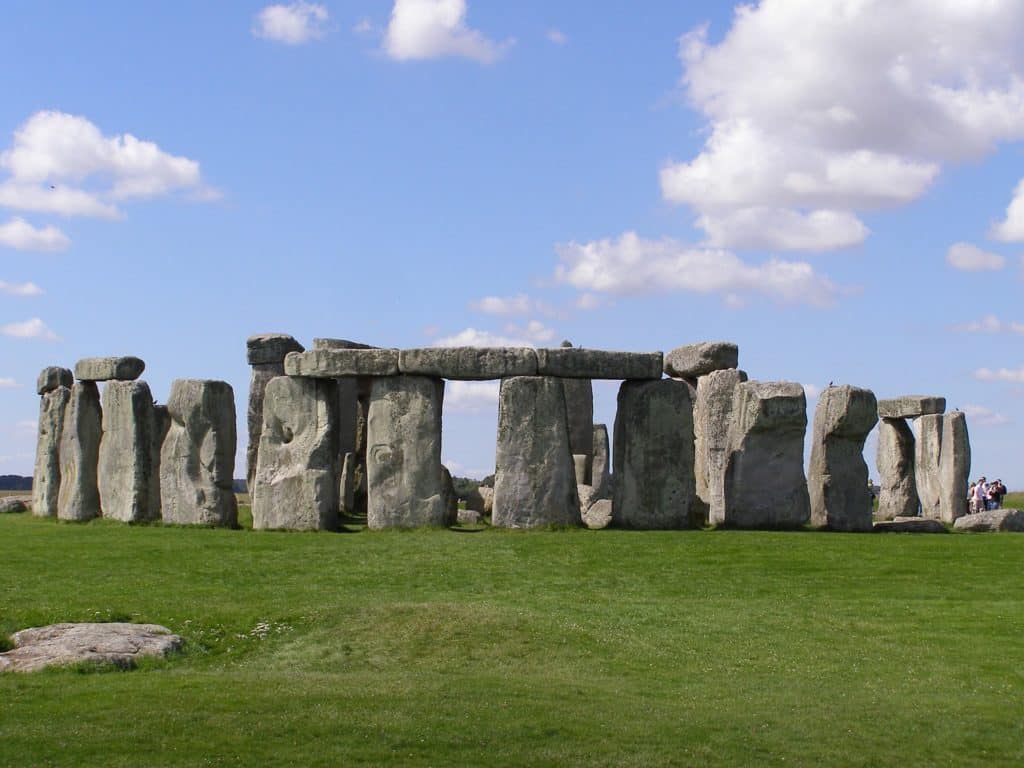
The outer ring is made consists of seven feet (2.1m) wide and 13 feet (4.0m) high vertical sarsen standing stones, with connecting horizontal lintel stones on top. Inside this ring is a ring of smaller bluestones encapsulating freestanding trilithons featuring bulky sarsen stones topped by lintel stones, with the stones set in earthworks.
Some of these stones weigh as much as 25 tons and would still pose a hurdle in today’s world despite our technological advancements.
The question then remains, how, why, who, and some people might say WHAT could have set these enormous stones together between 3000BC and 2000 BC?
This British cultural icon has been protected since 1982; it and its surroundings have been on the UNESCO list of World Heritage Sites since 1986, owned by the crown and managed by English Heritage.
But findings from the remains found around the site indicate that it was entirely built by locals, with some of the constructors traced to South Wales, alongside the bluestones used in the construction.
So is this cultural icon actually of Welsh origin? The plot thickens.
Easter Island Moai
Location: Easter Island, Chile
Easter Island, called Rapa Nui by the natives, houses some of the world’s most mysterious structures. These are in the form of the Moai, monolithic (carved from single stone) human figures believed to be living faces of their deified ancestors.
The Moai stones are believed to have been carved sometime between 1250 and 1500. Three-eights of the Moai is its distinctively large head, and just under a thousand statues were constructed and transported around the island, with about the same number still at Rano Raraku (the quarry that supplied stone for 95% of the island’s Moai.
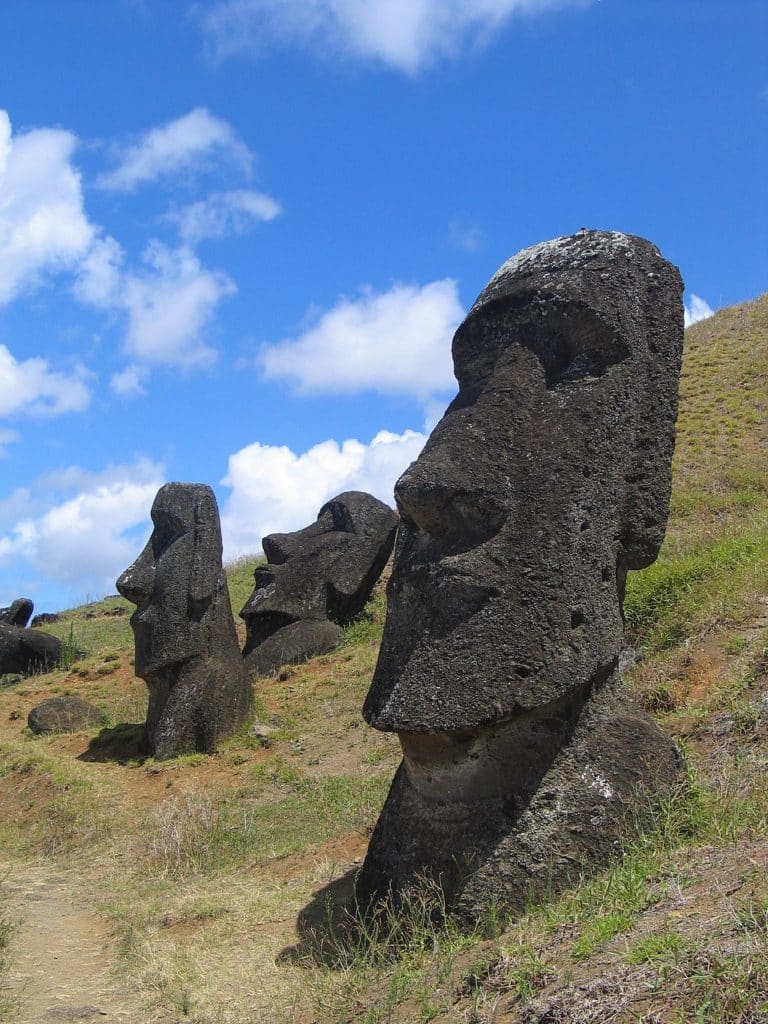
Set on stone platforms called the Ahu, the tallest recorded Moai, Paro, is estimated to be 10m (33ft) tall and weighs a staggering 82 (80.7tons) tonnes.
It is, however, not the heaviest, with a Moai reported weighing slightly more at 86 tonnes (84.6 tons). However, what will really knock your socks off is an unfinished statue that would have been 21m (69ft) tall and weighed somewhere between 145 and 165 tons; now, that’s what you call massive.
It gets weirder or more impressive, depending on how you look at it when you discover that the first European settlers found a sick and starving village in the Rapa Nui people.
This makes you wonder how people who cannot provide for their needs and ensure their survival would be capable of engineering feats that still amaze us.
So did Rapa Nui construct the Moai themselves? Did they have help from other people or from cosmic visitors? Only time, a lot of it, would tell.
Pumapunku
Location: Tiwanaku Site, near Tiwanacu, Western Bolivia
Pumapunku or Puma Punku translates to ‘gate of the Puma.’ It must have been some puma when you see all the cutting-edge tech that went into erecting this structure and the facilities it had to offer.
It is a 6th-century artificial terraced platform that held the monumental Pumapunku complex, an assortment of different elegantly designed plazas and ramps.
The Pumapunka plaza is believed to have been one of the earth’s wonders in its glory days, with brightly colored fabric, ceramic furnishings, and polished metal adornments. It included an unwalled esplanade, a walled eastern court, and an open courtyard with geophysics showing water conduits, pools, and more foundations.
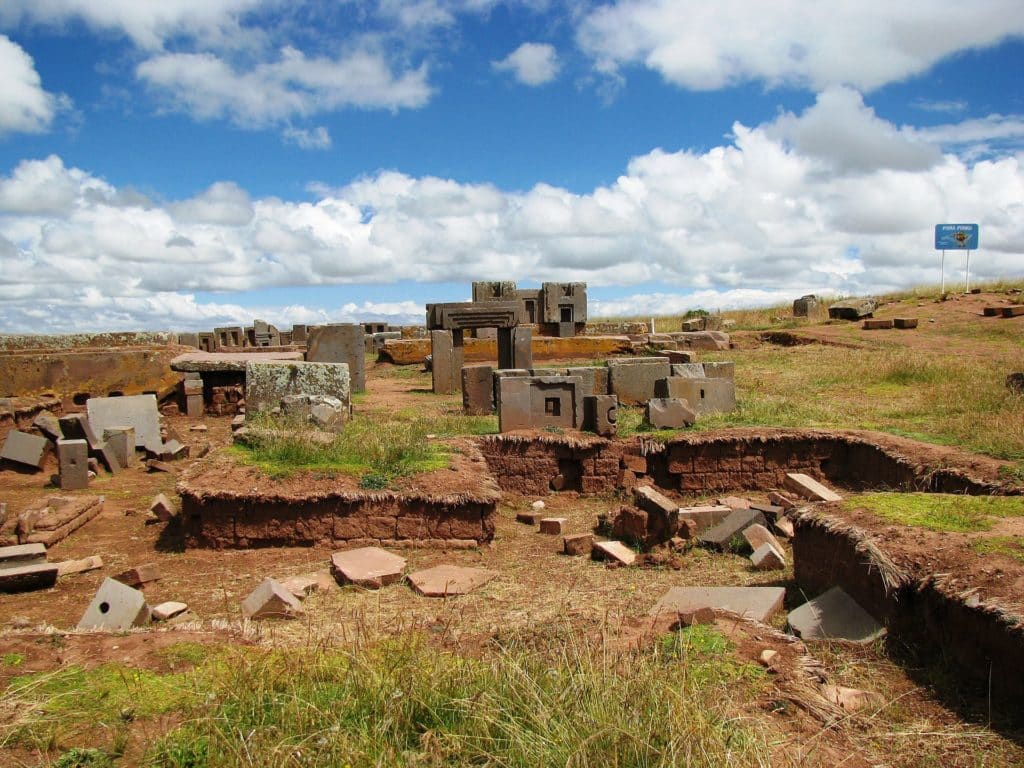
So a lovely complex that’s not exactly mysterious. Well, hold your horses; this is where it gets interesting. The stones used to construct the complex were sourced 50 miles away, and some stoned weighed as much as 130 tons.
The technology was an even bigger deal, with unprecedented precision cutting. The whole complex is a high-risk jigsaw puzzle as all the pieces fit intricately with no need for mortar, a piece of technological feat many engineers can not successfully pull off today.
All these are from a complex dating back to 530AD. All efforts to know more than we currently do have been thwarted by natural weathering, stone mining, treasure hunting, and looting. It also happens that there is no written record.
Somewhere this fancy, all that top-shelf construction, and not one record discussing it? Coincidence? I think not.
Olmec Collosal Heads
Location: San Lorenzo Tenochtitlán Community Museum, Mexico City’s National Anthropology Museum, Mexico
These are 17 massive stone head sculptures carved by the Olmecs. But that’s not news. Anyone with their nose to the ground would have heard about the Olmecs and their statues.
They are believed to be the first mesoamerican culture, dated between 1200 and 400BC. The Olmecs were artisans and traders living in Mexico’s gulf coast, now known as Tabasco and Veracruz, and built the cities La Venta, Tres Zapotes, and San Lorenzo.
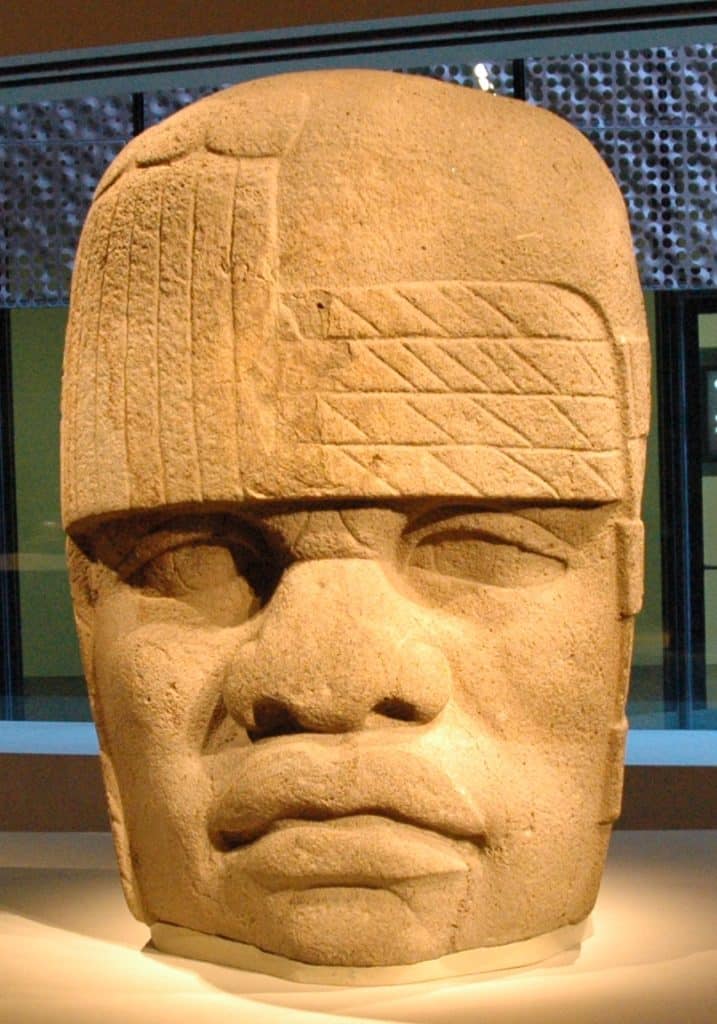
But why were they building these colossal Olmec heads? That’s what we are trying to find out.
The first head, the Tres Zapotes Colossal Head One, was discovered in 1938; the other 16 were found later. Ten from San Lorenzo, four from La Venta, and one from La Cobata all have African features, leading archaeologists to believe that the statues were made after early black civilizations.
Some people believe that the heads represent Olmec gods and others believe it represents Olmec athletes.
However, the popular theory is that the heads represent different Olmec rulers, partly because they were constructed 50 to 200 years apart and were moved many miles from where they were built to where they were unearthed.
These, coupled with the fact that some of these stones weigh as much as 40 tons and can be as high as 15 feet, support the claim that they must have been made for the leaders to celebrate or signify political power or ritual purposes.
Skara Brae
Location: Orkney, Scotland
Skara Brae, coined from the old name, Skerrabra, is dubbed the Scottish Pompeii because of the level of preservation of the site. This neolithic village of ten clustered houses made of flagstones had beds, cupboards, and a primitive water-flush system to carry waste to the ocean.
We know very few things about the Skara Brae for sure. Besides it being occupied between 3100 and 2500BC, little is known. The whole story surrounding this village is something out of a novel, with the owner of the land rumored to have found the site when a massive storm struck Orkney, displacing the soil and sand covering this ancient settlement.
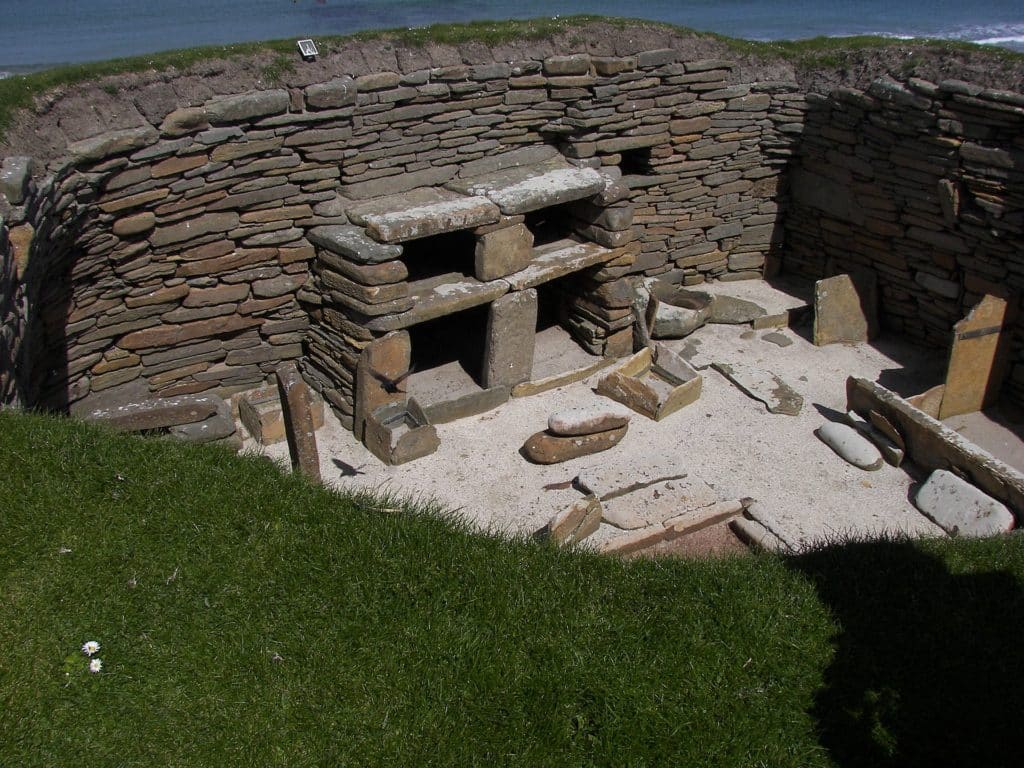
We do not even know what the inhabitants called it, and discovery turned sinister when a building isolated from the rest held a bullhead, human remains, and some carvings.
This may have had something to do with ancient religious rituals. To date, we do not know what caused the inhabitants of Skara Brae to abandon their village, and this mystery remains lost in the sands of time.
Nan Madol
Location: Adjacent to the Pohnpei, Western Pacific Ocean
The Nan Madol, which translates to “within the intervals,” was the capital of the Saudeleur dynasty up until the mid-17th century. This ancient city, only slightly smaller than New York City, was constructed on a coral reef in a lagoon adjacent to the eastern shore of the island of Pohnpei.
Also called Atlantis or the Venice of the Pacific because of its artificial islands linked by a network of canals, Nan Madol is believed to have been the ruling elite’s ceremonial and political seat of power.
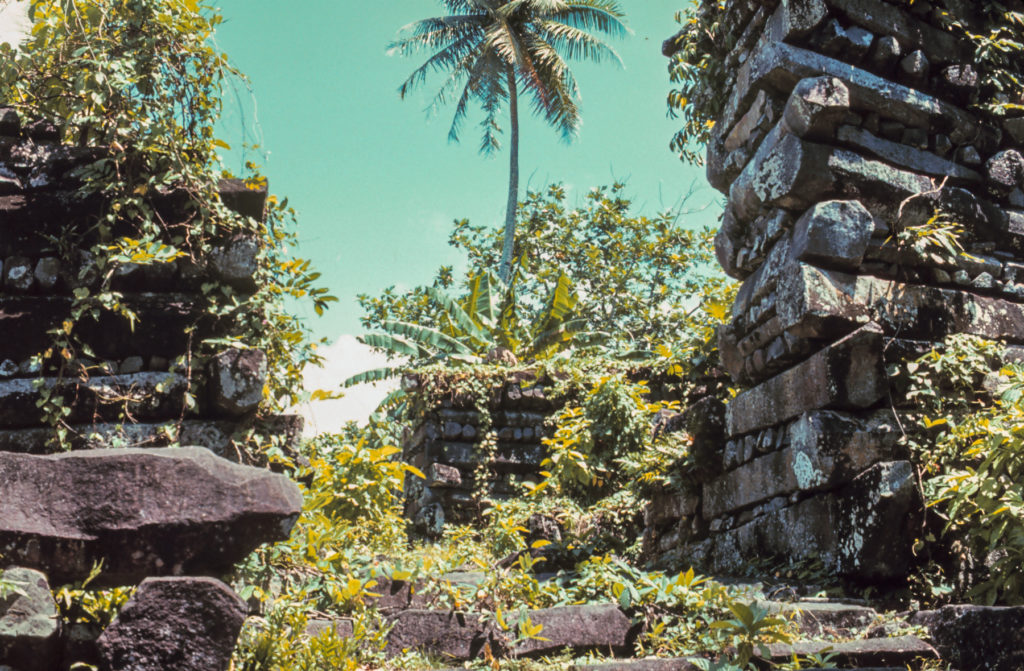
The ruling chiefs must have been mandated to occupy the artificial islets so their activities could be adequately monitored.
Until now, most parties agreed upon everything about the Nan Madol, but we start to see a divergence when people debate how the city was constructed.
The massive basalt blocks and coral columns would have taken 400 years to build the city as they could have been able to move only 2000 tons of stone yearly.
Or did they have some help from something otherworldly?
The Goseck Circle
Location: Saxony-Anhalt, Germany
The Goseck circle is a Neolithic structure in Germany. It is dated to 4900BC and is believed to have been used till 4700BC. It is a massive structure consisting of a 75m (246ft) ditch wide.
It features two palisade rings with entrances in positions matching the sunset and sunrise on the winter solstice and smaller entrances mapping out the position of the sunset and sunrise on the summer solstice.
This is how the Goseck circle gets its first meaning and understanding. Seeing as it maps out positions for sunrise and sunset for the summer and winter solstices, some archaeologists believe that it must be the oldest solar observatory, but this does not hold much water when you realize no other feature points to this structure as a solar observatory.
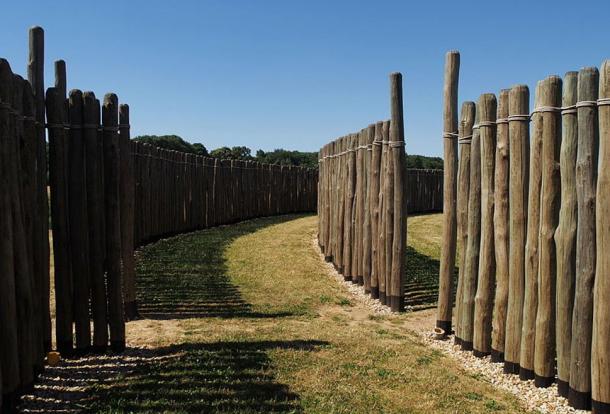
This is probably favored because it is easier to swallow than the alternative.
The alternative is that it was used for human sacrifice, as it is officially presented by the local association that looks after the site. This is because archaeologists have found remnants of human bones with cut marks suggesting human sacrifice and evidence pointing to ritual fires.
These, coupled with the fact that a site that predates the pyramids shows astronomical know-how that amazes archaeologists today, suggest there’s much more to the Goseck circle than meets the eye.
The Great Sphinx of Giza
Location: Giza, Egypt
The Great Sphinx of Giza is arguably the most famous monument; it has been featured in many movies and is the oldest monument in Egypt, dating from 2558 to 2532BC, making it older than the pyramids.
The original shape of this mythical creature, the sphinx, the face of a man, and the body of a lion, was cut out of bedrock and has been restored with limestone. It is believed to have been made in the likeness of pharaoh Khafre, measures 73m (240ft) from the paw to the tail, 19m (62ft) wide at its rear haunches, and 20m (66ft) from the base to the head.
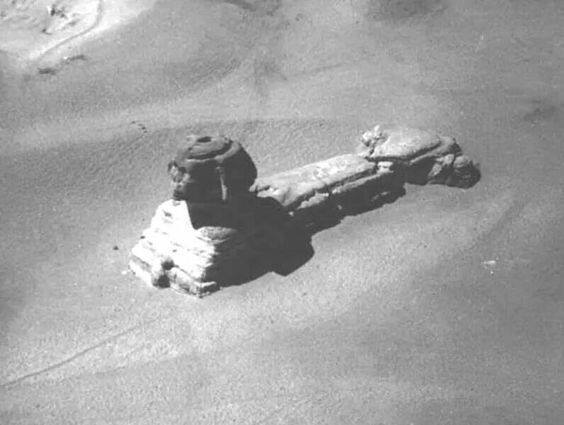
The Sphinx sits facing the rising sun, not too far from the pyramids Menkaura, Khufu, and Khafre, and its mouth is sealed shut as if holding a secret. And it just might keep many secrets as archaeologists have found anomalies under the sphinx.
These could be chambers with answers to questions about our world we do not yet know to ask or simply natural features. But no examinations have been carried out, making you wonder why.
Mysterious Mysterious World
If there’s one thing that’s been made clear, we live in a very mysterious world with so much of our history as human beings still unknown. But the onus falls on us to stay curious and unrelenting in asking questions and hunting for answers in our mysterious world.

